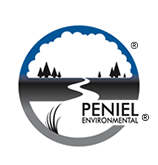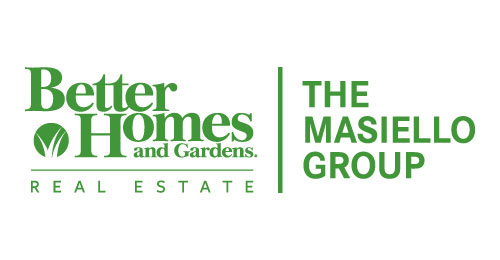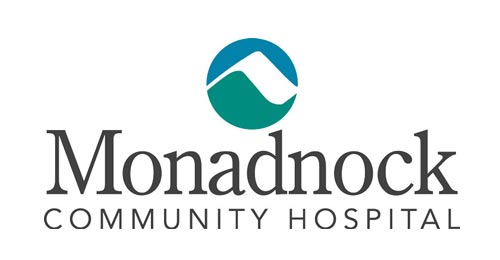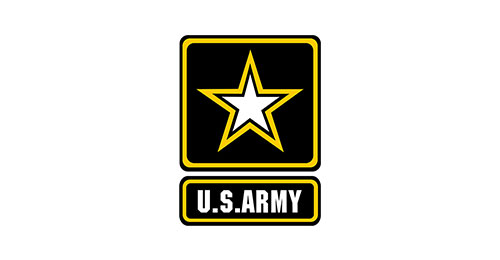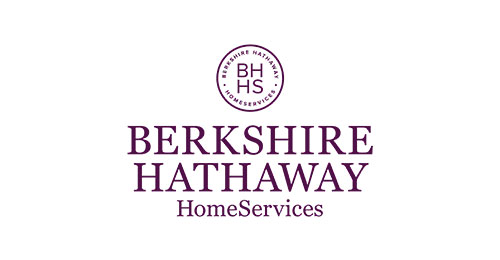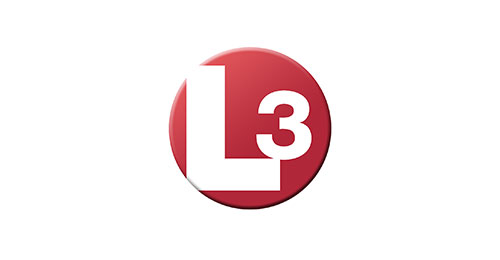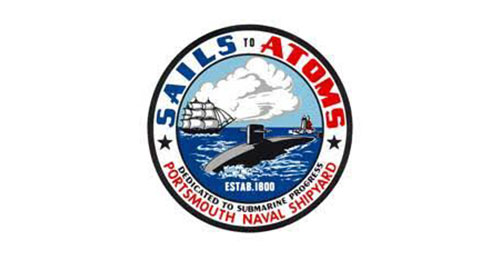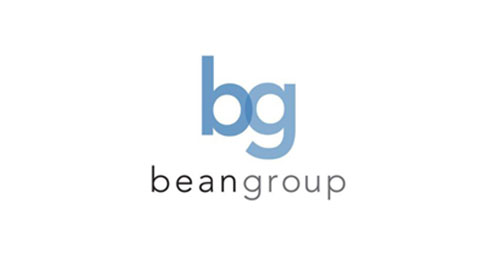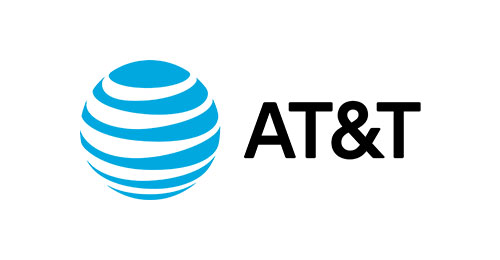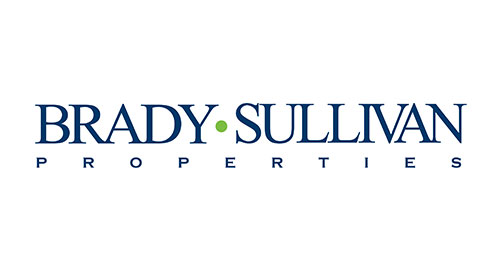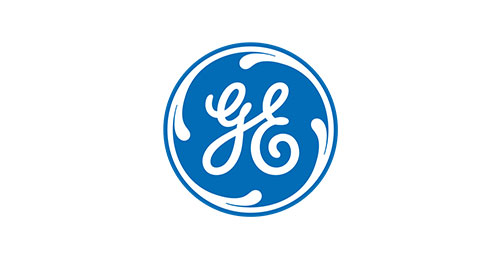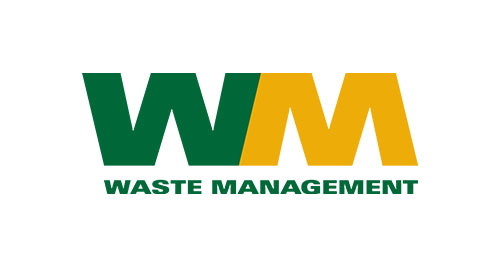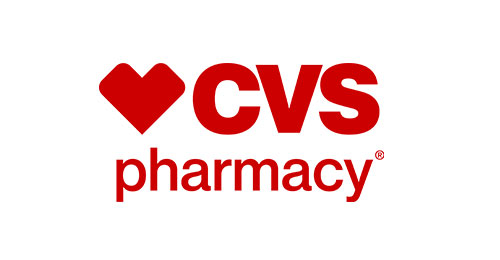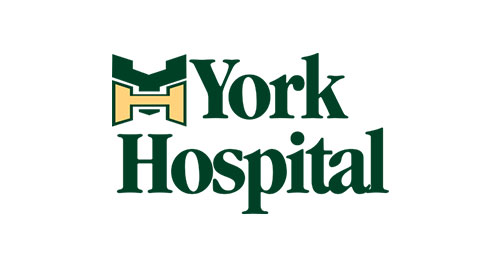White Mold Removal and Testing in Dover NH Requires Experienced White Mold Remediation Professionals
Dover NH white mold removal | regulations don’t exist, you must rely on your mold removal company to be qualified and professional, Peniel has over a decade of experience satisfying some of the regions largest organizations as well as your neighbors
Dover NH White Mold Removal Service Area: Somersworth, Barrington, Lee, Rollinsford, Madbury, Exeter, Raymond, Plaistow, Stratham, Atkinson and Deerfield
White Mold removal and testing in Dover | What you need to know and why
When it comes to white mold removal, and for that matter it’s testing one thing is for certain, you must choose your mold removal, remediation, and testing company wisely. In many cities and states, Dover and New Hampshire included, mold removal and remediation is not a regulated industry. With mold such a health issue with long term implications, you need to make sure you choose a company that has tenure in the industry, a strong train and retrain program that ensures the most advanced, least invasive and most effective methods of removal are utilized. Some fly-by-night companies use questionable tactics, and in some cases harmful products. Additionally some companies utilize sub-contracted labor that has no embedded loyalty to a professional process, or even have the proper training needed to ensure your mold removal process is successful. Trust Peniel, the mold removal company your neighbors, as well as the brands of many fortune 500 and government organizations have trusted for over a decade!
In the Greater Dover Area We Offer White Mold Removal and Can Facilitate White Mold Testing in The Following Cities and Towns
- Somersworth
- Barrington
- Lee
- Rollinsford
- Madbury
- Exeter
- Raymond
- Plaistow
- Stratham
- Atkinson
- Deerfield
Our New Hampshire Service Area List for Mold Removal
“Any visible mold should be removed, no matter what its color or species,” says Tiina Reponen, PhD, professor of environmental health at the University of Cincinnati. “In a healthy building, you don’t have visible mold.”
- Merrimack
- Bedford
- Goffstown
- Amherst
- Weare
- Litchfield
- Peterborough
- Hillsborough
- New Boston
- New Ipswich
- Wilton
- Antrim
- Mont Vernon
- Greenville
- Hancock
- Deering
- Temple
- Lyndeborough
- Francestown
- Greenfield
- Bennington
- Mason
- Sharon
- Windsor
“Any visible mold should be removed, no matter what its color or species,” says Tiina Reponen, PhD, professor of environmental health at the University of Cincinnati. “In a healthy building, you don’t have visible mold.”
- Somersworth
- Barrington
- Lee
- Rollinsford
- Madbury
- Exeter
- Raymond
- Plaistow
- Stratham
- Atkinson
- Deerfield
“Any visible mold should be removed, no matter what its color or species,” says Tiina Reponen, PhD, professor of environmental health at the University of Cincinnati. “In a healthy building, you don’t have visible mold.”
- Hooksett
- Franklin
- Bow
- Pembroke
- Hopkinton
- Loudon
- Northfield
- Henniker
- Epsom
- New London
- Allenstown
- Pittsfield
- Boscawen
- Warner
- Dunbarton
- Chichester
- Andover
- Canterbury
- Newbury
- Sutton
- Webster
- Bradford
- Salisbury
- Wilmot
- Danbury
- Laconia
“Any visible mold should be removed, no matter what its color or species,” says Tiina Reponen, PhD, professor of environmental health at the University of Cincinnati. “In a healthy building, you don’t have visible mold.”
- Hollis
- Brookline
- Pelham
- Hudson
- Milford
“Any visible mold should be removed, no matter what its color or species,” says Tiina Reponen, PhD, professor of environmental health at the University of Cincinnati. “In a healthy building, you don’t have visible mold.”
- Swanzey
- Rindge
- Jaffrey
- Winchester
- Hinsdale
- Walpole
- Chesterfield
- Fitzwilliam
- Troy
- Alstead
- Westmoreland
- Marlborough
- Lebanon
- Claremont
- Hanover
“Any visible mold should be removed, no matter what its color or species,” says Tiina Reponen, PhD, professor of environmental health at the University of Cincinnati. “In a healthy building, you don’t have visible mold.”
- Rye
- Greenland
- Hampton
- North Hampton
- Seabrook
- Newington
- Newmarket
- Epping
- Durham
“Any visible mold should be removed, no matter what its color or species,” says Tiina Reponen, PhD, professor of environmental health at the University of Cincinnati. “In a healthy building, you don’t have visible mold.”
- Londonderry
- Windham
- Hampstead
- Salem
- Chester
“Any visible mold should be removed, no matter what its color or species,” says Tiina Reponen, PhD, professor of environmental health at the University of Cincinnati. “In a healthy building, you don’t have visible mold.”
- Farmington
- Strafford
- Milton
- New Durham
- Middleton
- Wakefield
- Alton
Why White Mold Removal is So Important
White Mold can be harmful to your health, and to the structure of your property. What you may not know is that the degree of danger with white mold to your health is not only dependent on the type of mold present, but to a greater degree, the people that come in contact with. There are so many variables when it comes to the toxicity of mold, that no matter the mold type, it should always be deemed harmful from the get go.
When it comes to us humans, our immune systems and our bio-makeup are all different, one person that may be affected by allergy to one type of mold, may have no reaction to another, and a second person in the house may react completely the opposite, and so on and so forth. Add to that the status of each person’s immune system, and you have a chaotic situation that may be hard to unwind. If a member of a household, or an employee has a compromised immune system due to illness, or chronic conditions, they may be far more susceptible to the affects of present mold. Bottom line, to properly test for mold issues, you should also test each person for their mold sensitivities…we all know that’s not feasible in most cases, and the costs of doing so would escalate the overall white mold removal costs, most clients take the stance that any mold is bad mold, and that the health of all involved is not worth the risk, and go ahead and undertake a mold removal project knowing that once done properly, there is little need to worry.
No Matter the Type, Source or Location of Your Mold Most Experts Agree it Should be Removed, That Includes the Removal of White Mold
“Any visible mold should be removed, no matter what its color or species,” says Tiina Reponen, PhD, professor of environmental health at the University of Cincinnati. “In a healthy building, you don’t have visible mold.”
White Mold Removal and Your Health | Chronic Illness Concerns
When it comes to chronic illness, mold removal isn’t really an option, it’s mandated. We hear it all the time, doctors telling patients that they have to mitigate all mold issues or their immune systems will be inundated with spores to the point it won’t be able to respond to the illness(es) at hand. Additionally, the presence of mold can start a cascading effect that could take a seeming well well person and expose their immune system to enough mold spore duress that any lurking illness that was being kept at bay can now take advantage of a weakened immune status and create a chronic condition by it’s mere presence.
The CDC’s Perspective on Mold Testing and Removal
“Generally, it is not necessary to identify the species of mold growing in a residence, and CDC does not recommend routine sampling for molds. Current evidence indicates that allergies are the type of diseases most often associated with molds. Since the susceptibility of individuals can vary greatly either because of the amount or type of mold, sampling and culturing are not reliable in determining your health risk. If you are susceptible to mold and mold is seen or smelled, there is a potential health risk; therefore, no matter what type of mold is present, you should arrange for its removal. Furthermore, reliable sampling for mold can be expensive, and standards for judging what is and what is not an acceptable or tolerable quantity of mold have not been established.”
The EPA’s Perspective on Mold Testing and Removal
Is sampling for mold needed? In most cases, if visible mold growth is present, sampling is unnecessary. Since no EPA or other federal limits have been set for mold or mold spores, sampling cannot be used to check a building’s compliance with federal mold standards. Surface sampling may be useful to determine if an area has been adequately cleaned or remediated.
There You Have It, Got White Mold at Your Dover NH Property, Just Remove it!
When it comes to white mold removal and remediation prevention is the best policy, in NH that means calling the professionals at Peniel for immediate resolution so you can rest easy.
White Mold Removal; The Good News is Peniel Has All NH Residents and Commercial Business Owners and Managers Covered
Thankfully residents in New Hampshire have Peniel available to remediate their residential and commercial white mold issues. The good news is, there is a path to recovery, and mold can be mitigated successfully. With the proper processes, highly trained staff members, and the latest in technological advances in mold removal, Peniel will leave you knowing that your white mold issue is a thing of the past.

Futureproof Your White Mold Removal Project
When our qualified staff finishes your mold removal project at your NH home or business, we end the project with a follow up prevention plan that outlines what, if any steps need to be taken to mitigate any future mold growth, additionally you may have the option to encapsulate the entire affected area, if that is undertaken, Peniel offers one of the industries longest warranties of up to 30 years. Ask your staff member to explain the details upon estimate.
White Mold is Serious Business

We here at Peniel can answer any pre-project questions you may have about mold and it’s removal. Additionally if you are looking for health related information about how mold may be affecting your health or the health of others, you can also reach out to the State of NH Health Department or your local health department for particular information (details below)
From time to time pre-project questions do arise and in those cases you can always call the local health department, or alternatively, contact is here at Peniel and we can answer them for you. Our consults are always no obligation and risk free so you can rest easy knowing that we have your best interest in mind, and we are more than happy to provide any information you may need.
NH Department of Health Contact Details if Required
NHDES Contact Details
Phone Number:
(603) 271-3503
Mailing Address:
PO Box 95
Concord, NH 03302-0095
Street Address:
29 Hazen Drive
Concord, NH 03301
Call Peniel today and ensure your white mold removal project at your Dover NH home or commercial business goes off without a hitch, is done expeditiously, and will be done once and for all. 603-541-7979
